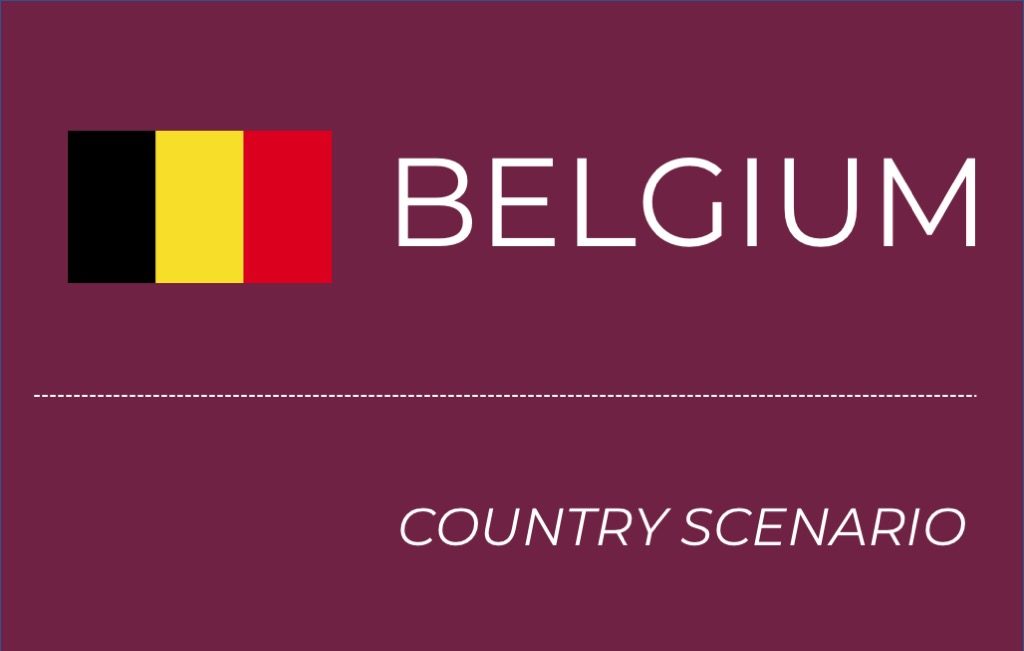
The social economy was rediscovered in Belgium in the late 80s. It was in Wallonia that the interest was at first the strongest: in 1990, the Walloon Council for Social Economy, set up by the Regional government, has forged a definition that remains the major reference: “The social economy includes economic activities carried out by companies, mainly cooperatives, mutual societies and associations, whose ethics is reflected in the following principles: purpose of service to members or to the community rather than profit, management autonomy, democratic decision-making process, primacy of people and work on capital in the distribution of income “.
The three main components of the Belgian social economy present some peculiarities linked to history and to the national context.
- the last two decades have seen large “traditional” cooperatives, particularly in banking, insurance, and the dairy sector, joining non-cooperative multinational groups. The cooperative has sometimes remained in them a significant shareholder whose dividends are partly paid to the co-operators and partly “socialized” in the service of a social movement or in projects of general interest. Cooperatives are still very active in pharmaceutical distribution, in the agricultural sector (dairies, purchase or processing of agricultural products) and in insurance;,nj. In addition, new waves of cooperatives have emerged and are developing in the field of integration, recovery and recycling, organic farming and the pooling of agricultural equipment, construction, computer services, ethical finance, services to people, etc. It should also be noted that since 1995, the status of a company with a social purpose has been superimposed on the classic status of commercial companies (SA, SPRL, SC), but which is mainly chosen by cooperative companies.
- In Belgium, mutual societies are closely associated with the management of health insurance and serve as an interface between the National Institute for Disability Health Insurance and the citizen. While in this function they appear almost as parastatals, they also develop, in a more autonomous way, complementary insurance and a wide range of social services, particularly in home care.
- In addition to the emergence of new cooperatives, it is above all in the voluntary sector that the new dynamics of the social economy are emerging: around 4,000 non-profit making associations (ASBL) are created each year, often representing citizens’ initiatives that are facing today’s challenges in a wide range of areas: social action, health, training, culture, recreation, environmental protection, development cooperation, etc.
This “classic” representation of the social economy is not necessarily unanimous. In Flanders in particular, the term “social economy” is often used to designate just the social integration economy which, apart from the “sheltered workshops” (beschutte werkplaatsen) for disabled people, still represents only a few thousand jobs despite its variety. Others, over the last ten years, have especially emphasized social economy activities of a commercial ones. However, faced with the practical difficulties posed by this kind of “market / non-market” duality, and because of its uselessness for the social economy, more flexible and more open approaches tend to prevail today.

